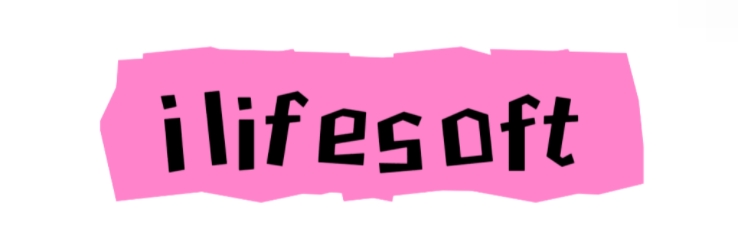How to Optimize Rubber Dam Design for Vietnam?
Oct. 29, 2024
Expert Insights on Rubber Dam Design Optimization
Dr. Nguyen Van Anh, a leading hydrologist, emphasizes the importance of local environmental conditions. "Understanding the specific river characteristics, including flow rates and sediment transport, is crucial. Tailoring the rubber dam design to fit local conditions can improve its functionality and reduce operational costs," he notes.
Prof. Tran Hoang, an environmental engineer, adds, "Sustainability should be at the forefront of any rubber dam project in Vietnam. Integrating eco-friendly materials and designing for minimal ecological disruption are essential steps." This view aligns with the increasing need to balance infrastructure with environmental conservation.
Innovative Design Techniques
Dr. Le Minh, a civil engineer with extensive experience in dam construction, suggests incorporating modular designs. "Modular rubber dams allow for easier maintenance and adaptability to changing water levels. This flexibility is especially beneficial in regions prone to seasonal floods," he states.
In addition, Dr. Minh highlights the role of technology in optimizing dam operations. "Implementing real-time monitoring systems can provide critical data that helps manage water flow and assess structural integrity. This proactive approach reduces risks and enhances overall safety," he explains.
Cost-Effectiveness and Funding Strategies
Financial considerations are always paramount in infrastructure projects. Ms. Hoa Tran, a project manager at a regional development agency, insists on rigorous cost-benefit analyses. "It's vital to quantify the economic impact of rubber dams, not just in terms of construction but also their long-term benefits, such as improved irrigation and flood management," she advises.
Ms. Tran also emphasizes the importance of public-private partnerships. "Collaborating with the private sector can not only provide additional funding but also inject innovation into the projects. Engaging local communities ensures that the dams serve their intended purpose effectively," she concludes.
Risk Mitigation and Resilience
Given the increasing impact of climate change, resilience is a fundamental requirement. Dr. Pham Anh Tu, a climate adaptation specialist, stresses the need to design rubber dams that can withstand extreme weather events. "Design flexibility is key. Dam structures need to be robust enough to handle unexpected floods while minimizing the risk of failure," he remarks.
Dr. Tu also points out the importance of community involvement in risk assessments. "Local knowledge can provide invaluable insights into historical weather patterns and community needs, allowing for more informed design choices," he suggests.
Conclusion
Optimizing rubber dam design for Vietnam requires a multifaceted approach. By integrating expert insights on environmental considerations, innovative design techniques, cost-effectiveness, and resilience, stakeholders can create effective solutions tailored to the unique challenges faced in Vietnam. As the nation continues to develop its water management strategies, collaboration among engineers, environmentalists, and local communities will be essential to ensure sustainable water resource management and economic growth.
For more information, please visit water filling weir for Uruguay, rubber dam design for Laos.
132
0
0

Comments
All Comments (0)